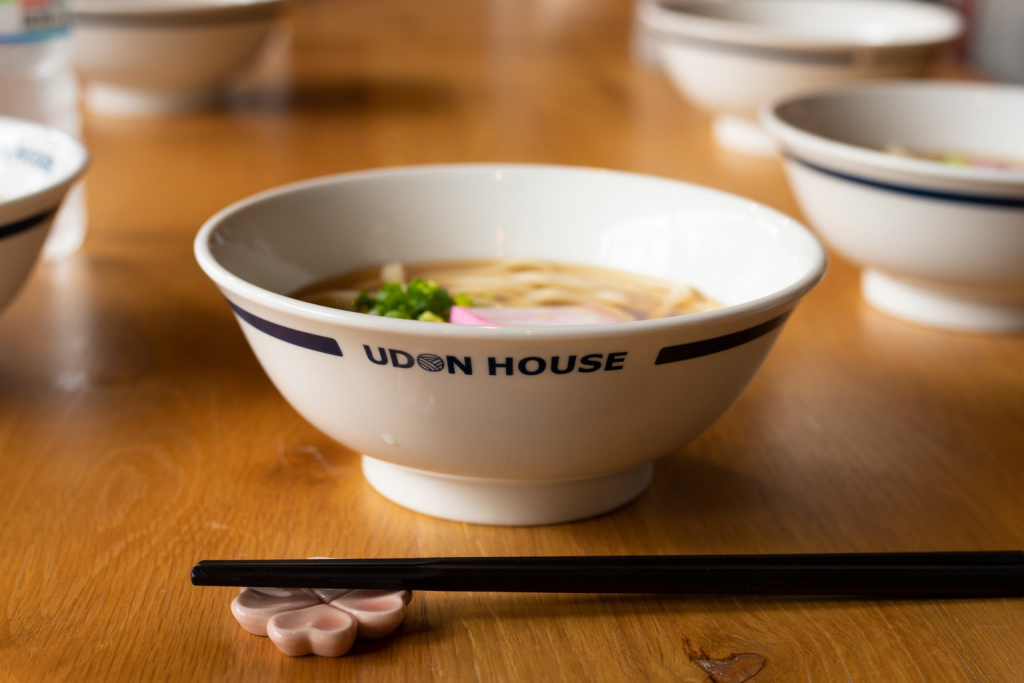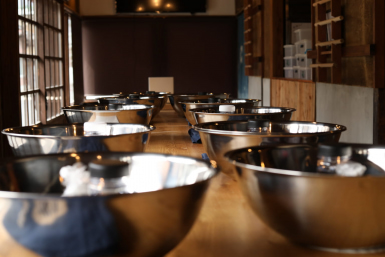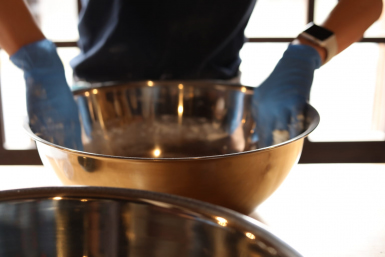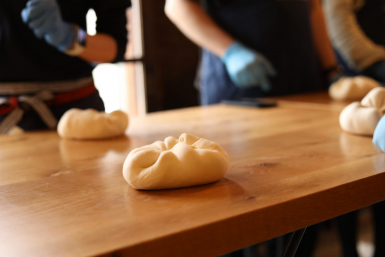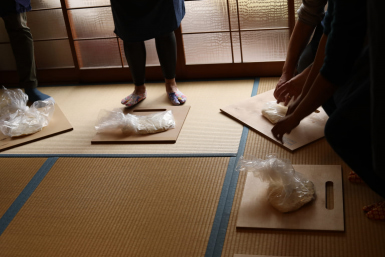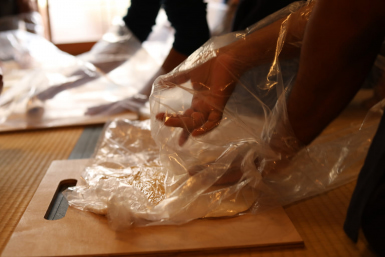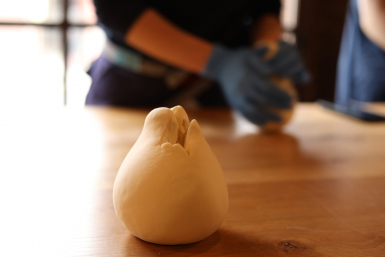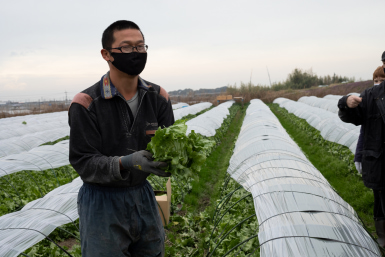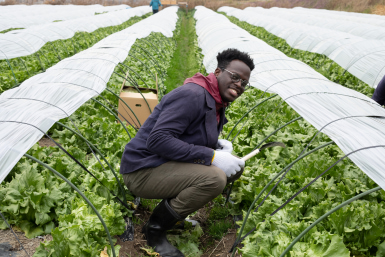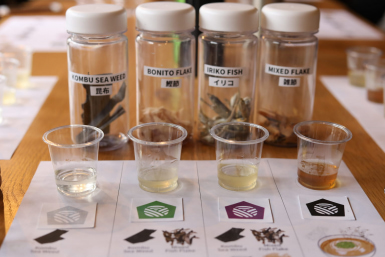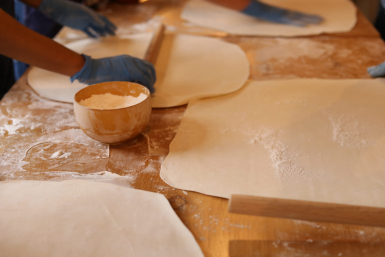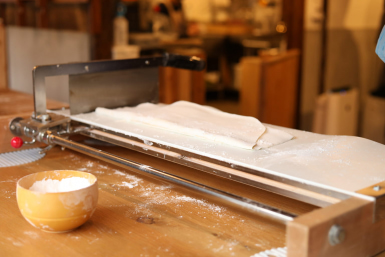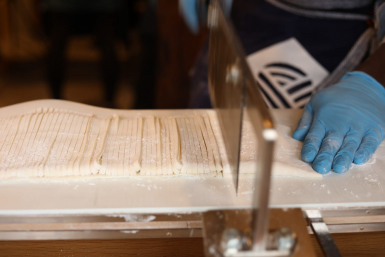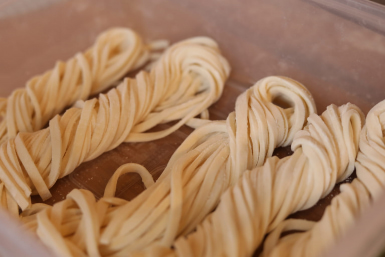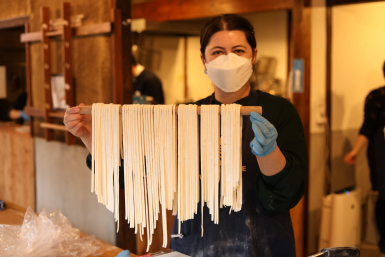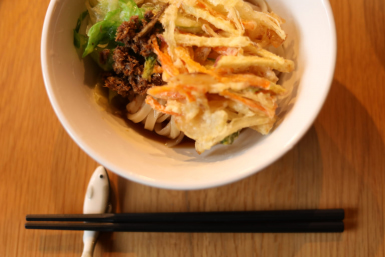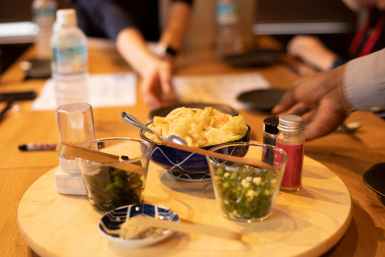All over Japan, prefectures and cities have signature produce and dishes they are immensely proud of. While some engage in an occasional rivalry over who has the best melon or tastiest crab legs, there’s one prefecture that no one dares challenge – Kagawa and their best-in-the-world udon noodles. Surely, noodles are noodles, how much better can the best ones be? Perhaps a little question bouncing about your brain, as you read this. It turns out, they can be unbelievably better. So much so that Kagawa locals eat seven times more udon on average than other people in Japan. That means a Kagawa local eats udon at least once a day.
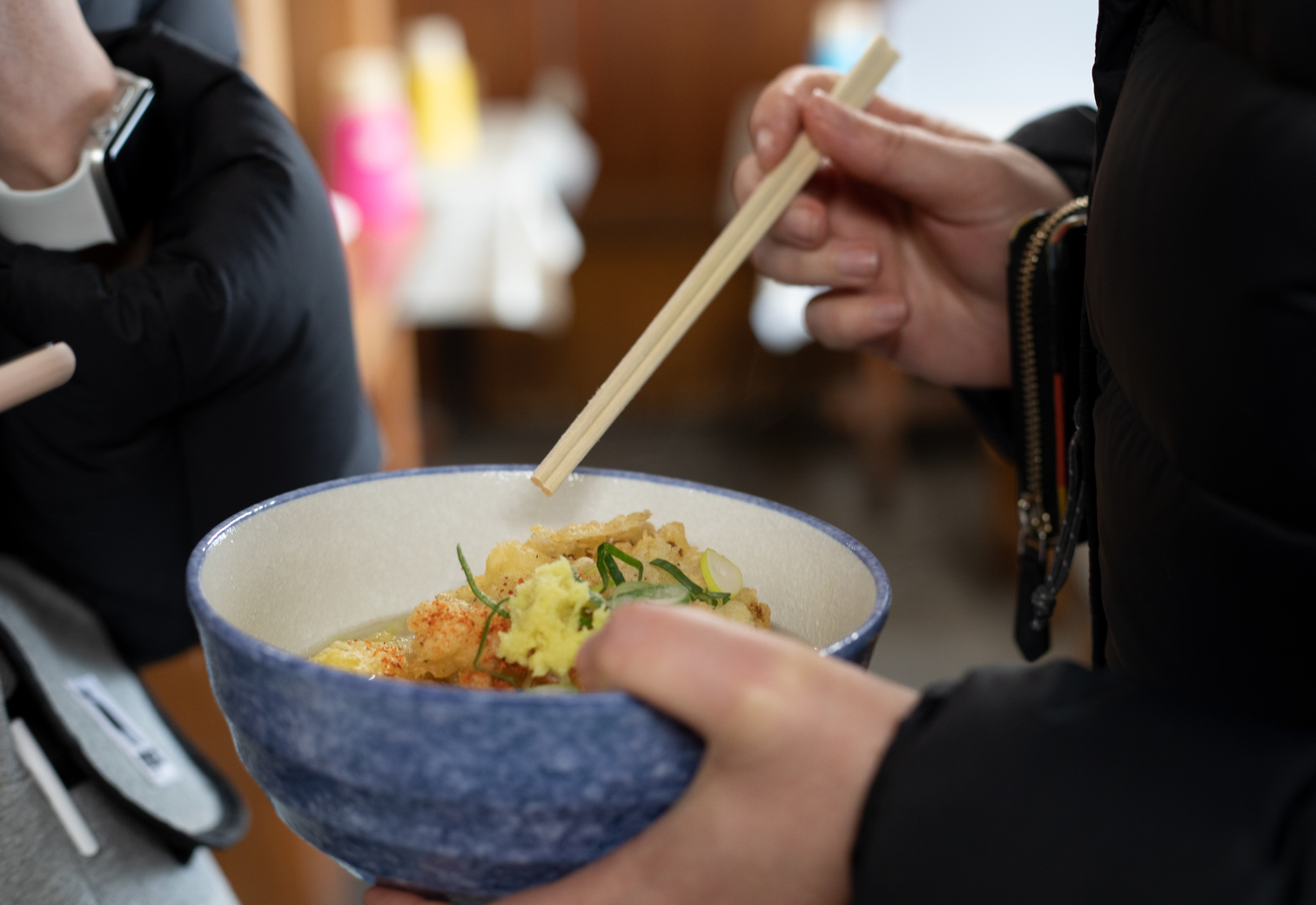
Udon History in Kagawa, Japan
Wheat, salt, dashi broth – every single ingredient for making udon noodles thrives in Kagawa prefecture. Shielded by the Sanuki mountains, its dry sunny climate isn’t ideal for rice cultivation but it is excellent for wheat. Then there’s Sakaide city whose salt production has earned it the nickname of Shiomachi (literally Salt City) since ancient times. Finally, ask any chef and they’ll sing praises to the sardines from Kagawa’s Ibuki island that are used as a base for dashi broth. Now, just add water and you have a delicious staple dish.
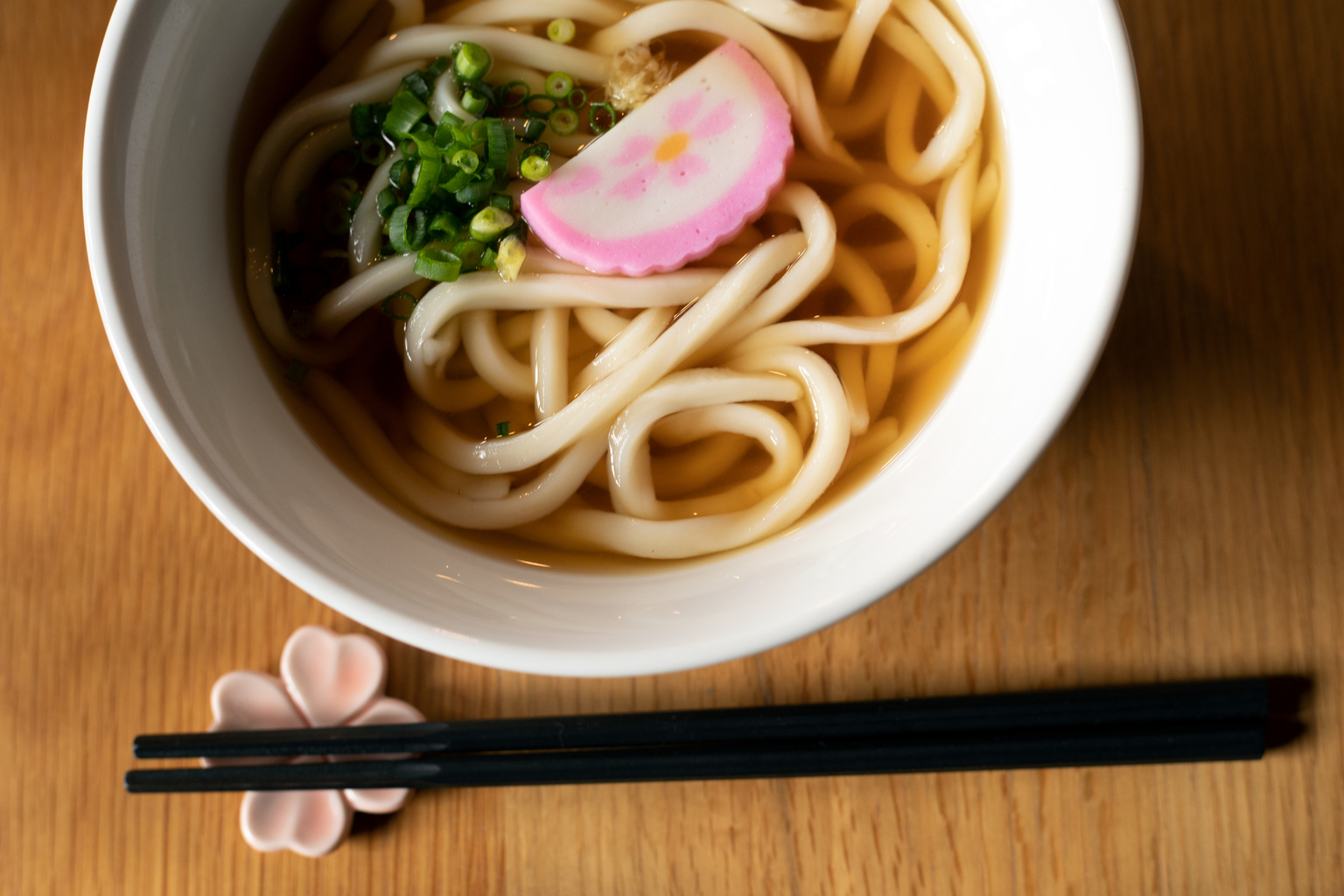
Udon served by Udon House
The recipe for udon noodles is said to have been brought by the monk Kukai from his trip to China in 807. By the Edo period (1603-1868), udon making had boomed in the then called Sanuki province, solidifying their culinary reputation to this day. The prefecture may have changed its name from Sanuki to Kagawa, but its nickname has remained the “Udon Prefecture”. Today, Japan’s smallest prefecture is also Japan’s biggest producer of udon noodles. They are the biggest consumers of it too, and everyone who has tried proper Sanuki udon understands why.
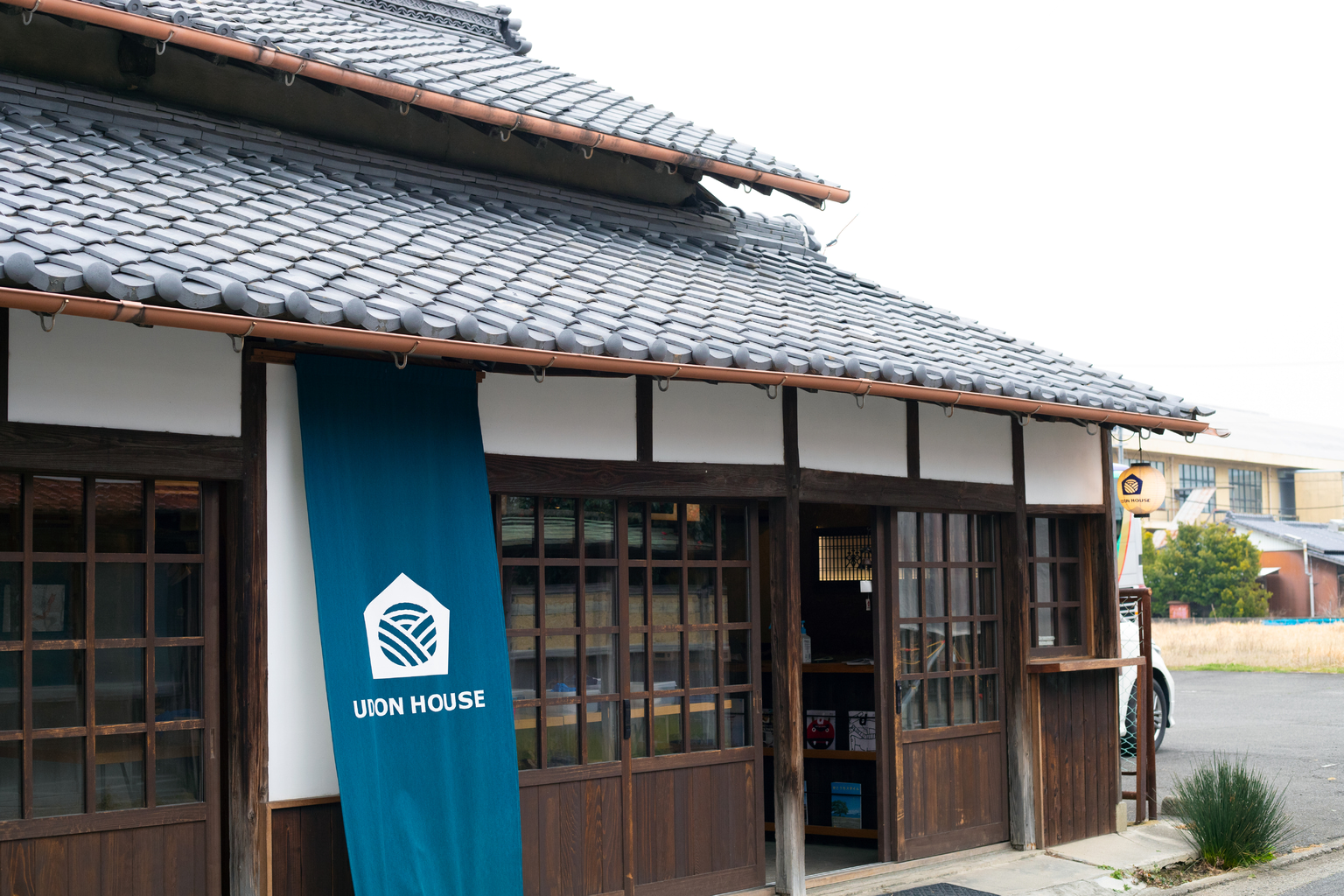
In Kagawa Udon House All You Knead is Love
Udon House in Mitoyo, Kagawa, is a charming old Japanese house and it is exactly what it promises – from the moment we stepped in we were treated to warm udon and warm smiles. Staffed by local udon specialists, Udon House offers foodie tours that revolve and twist around the Kagawa favorite. Their udon making lesson starts with a bowl of noodles, so you know what deliciousness you’re aiming for. Next stop is the mixing bowl where you combine flour, water and salt, to make what our instructor lovingly calls “an udon baby”. Kneading it certainly is a good arm workout, but the next step is a literal step and a leg workout. You’re also taught expert rolling out techniques, as well as geometry magic as you turn a circle into a square. The culmination of the noodle creation is when you rhythmically cut the thin dough into stripes.
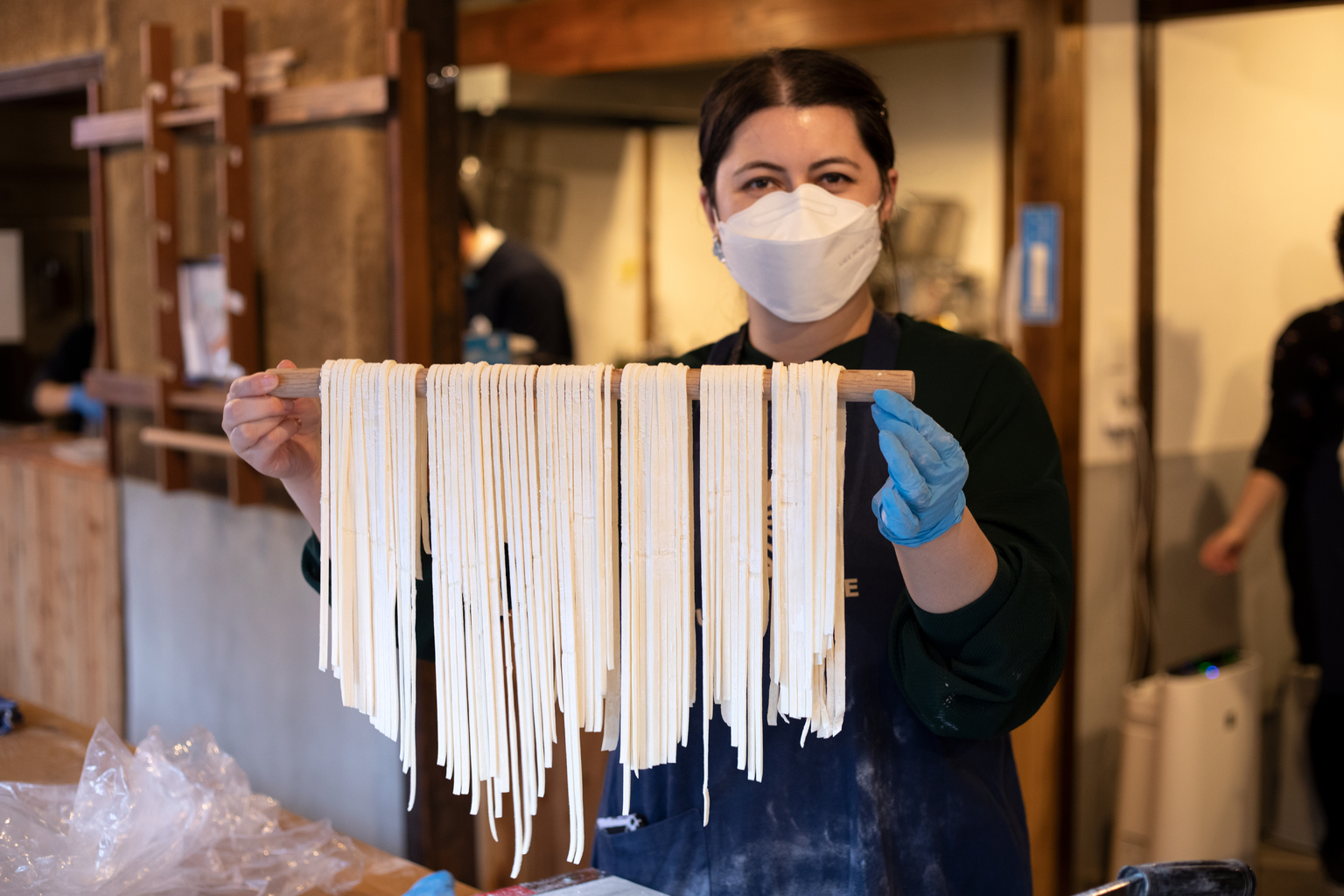
One of the best ways to eat udon noodles is topped with crispy vegetable tempura. Udon House teaches you to make udon from scratch and tops it off with harvesting locally grown fresh produce to use in the tempura. During a mandatory resting phase for our udon babies, the staff whisked us to a local farm to pick lettuce ourselves and meet the farmers. Literally from farm to table on the same day, the lettuce was incorporated in the tempura and served with our own handmade udon noodles. The only thing we didn’t make was dashi stock since it requires a lot of simmering and time, but we were given a crash course and a tasting session to bridge the gap in our knowledge.
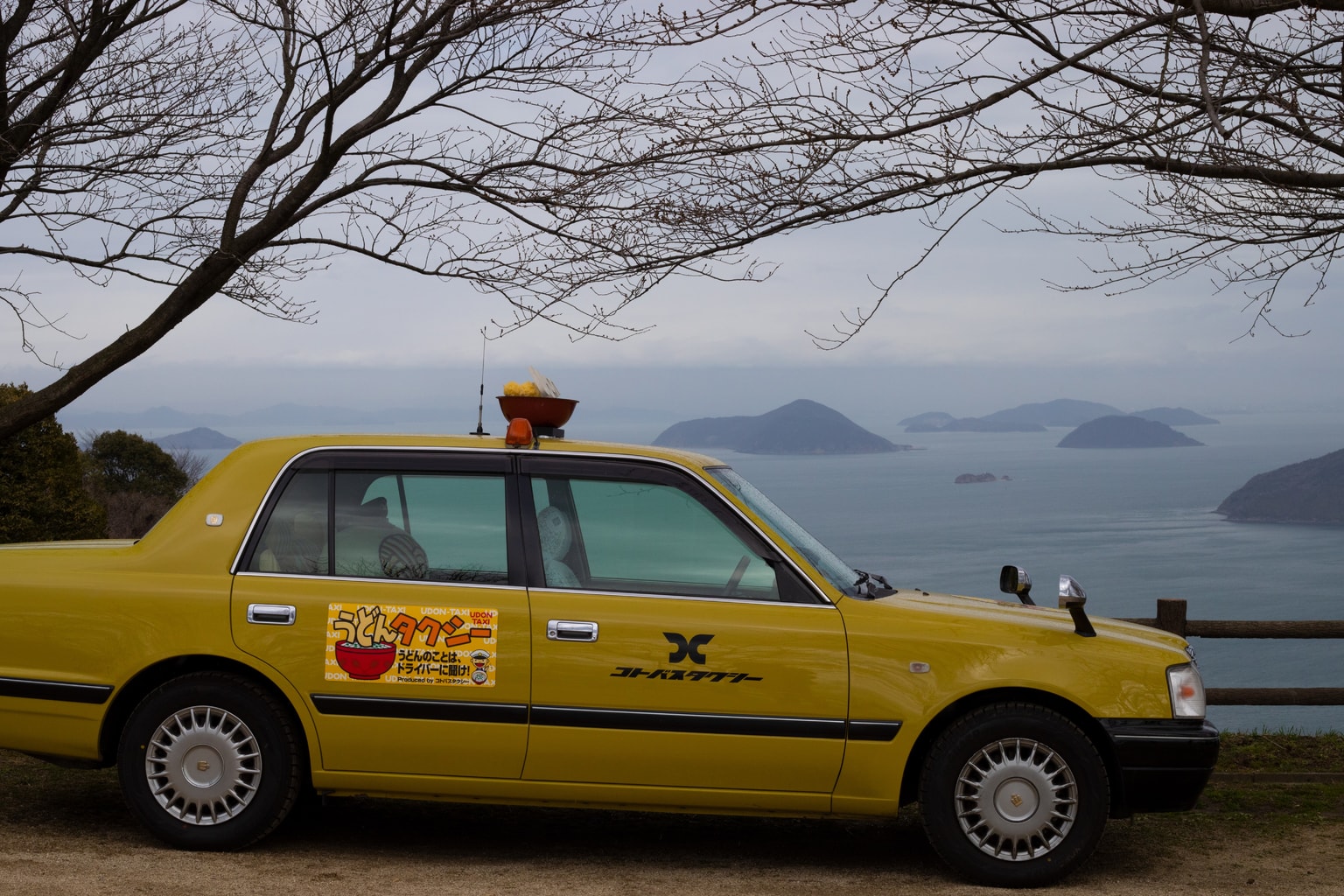
Udon-Hopping in an Udon Taxi
Kagawa is estimated to house between 600 and 800 udon restaurants, so it would be a pity to only eat what we’ve made. That is where the Udon Taxi comes in, driven by a knowledgeable local guide and accompanied by the Udon-Nou mascot as an extra passenger. This cute themed car takes you udon hopping to some of the most popular local eateries, so by the time you’re finished you’ll feel much closer to your fellow passenger Udon-Nou, literally Udon Brain.
The tour contents change, but what you’ll always get is a delicious meal in a truly local authentic place. Our first stop was at such a shop, run from the back of a noodle manufacturer. We lined up with hungry Kagawa locals, bowls in hand to get our fresh uncooked noodles first. In a DIY assembly fashion, you then need to dip your noodles in a boiling pot, transfer them to your bowl, scoop some soup from a different pot, and grab some toppings. Seeing everyone around slurp their udon in a blink, it was obvious why this is sometimes called “fast food”.
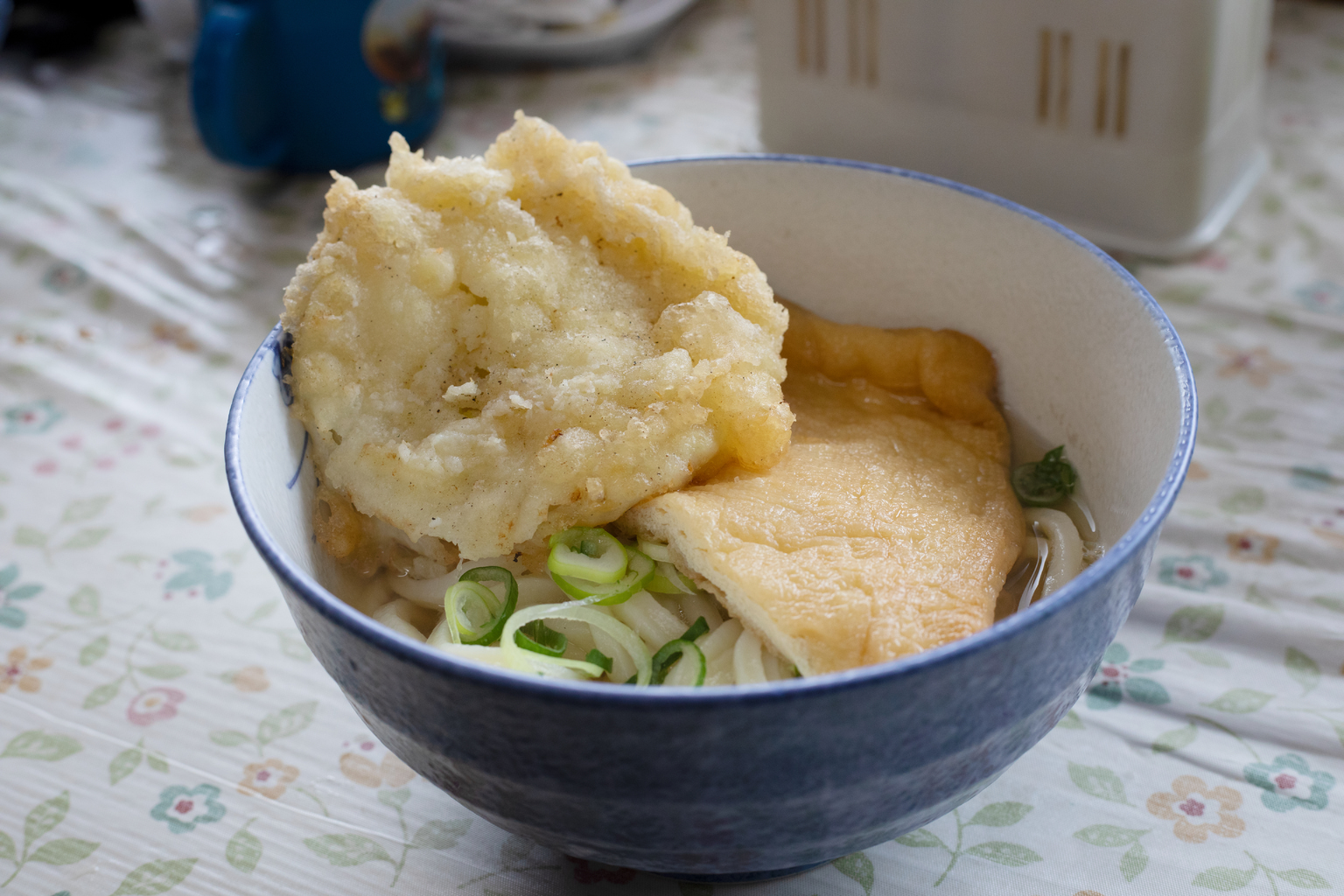
Now firmly on the road to becoming udon connoisseurs, we also started buying as many noodles and dashi packs as we could carry out of Kagawa. Many popular restaurants sell them in-store, as well as souvenir shops. Last chance to eat a fresh bowl of udon is at the Takamatsu airport, but for those who made their own noodle in Udon House, it’s actually after they go home and open the remaining portion of the noodles they’ve made. And when that is gone, time to roll up your sleeves and do what your udon sensei taught you.
Information:
Udon House now also does online lessons and tours.
Udon House and Udon Taxi tours are English speaking.
Check out some more photos of our udon adventure!
Sponsored post
Read about other Things to Do in Kagawa Prefecture Besides Eating Udon

